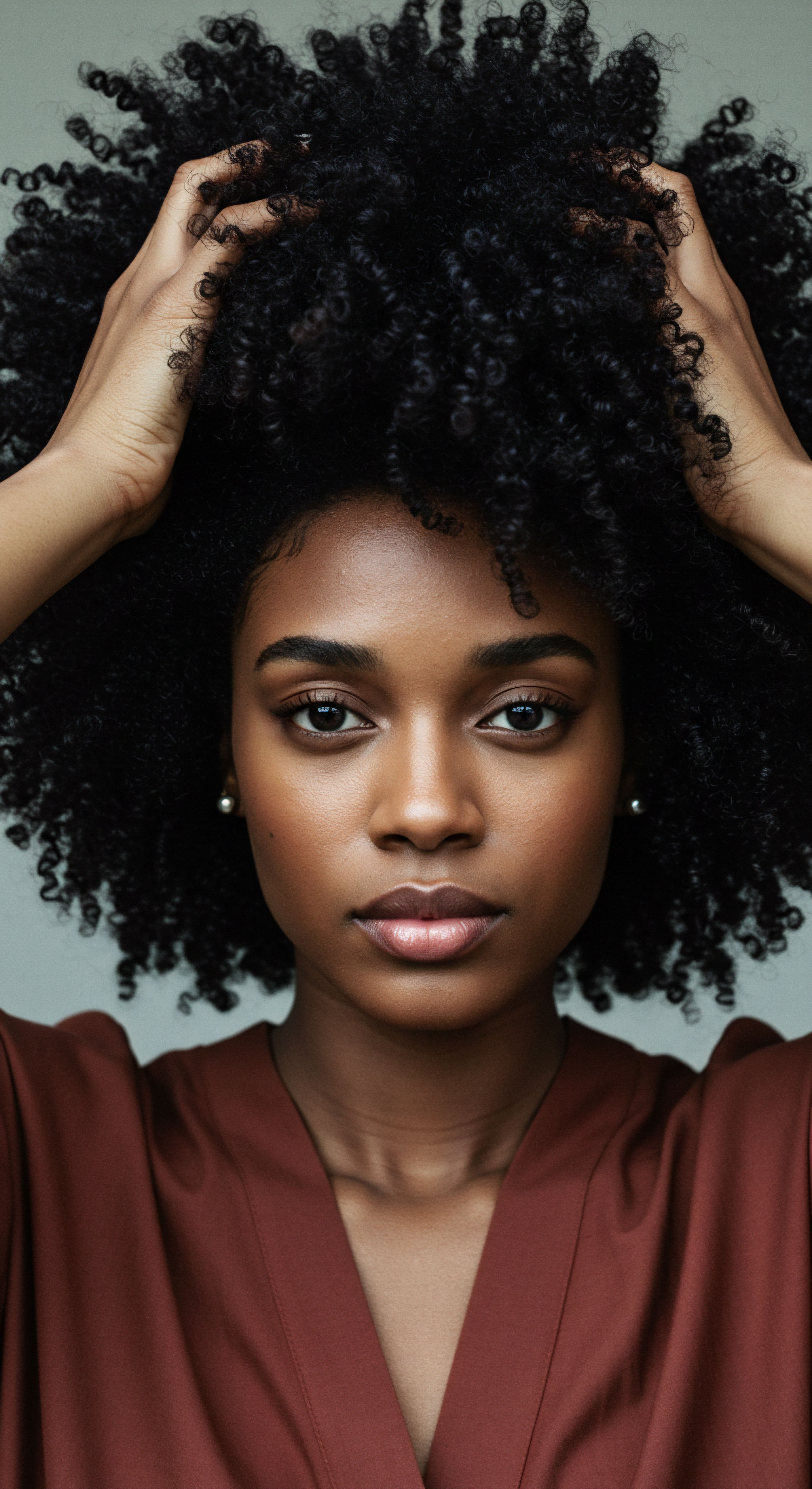
Roots
The quiet hum of our scalp, often unheard, shelters a universe unseen ❉ the scalp microbiome. This intricate collective of microorganisms, a delicate balance of bacteria, fungi, and other life forms, plays a silent yet significant role in the vitality of our hair and skin. For generations, before laboratories unveiled these microscopic communities, ancestral practices intuited a connection between botanical infusions and scalp well-being.
These traditional rinses, steeped in wisdom passed down through time, represent a gentle conversation with nature, seeking to soothe, cleanse, and perhaps, unknowingly, influence this hidden world beneath our strands. We are invited to consider how these time-honored customs, born from observation and sustained by tradition, interact with the living ecosystem of our scalp, a relationship far more complex than simple cleanliness.

The Scalp’s Living Veil
The scalp is not merely a foundation for hair; it serves as a dynamic biological landscape. Its surface, rich with sebaceous glands and hair follicles, offers a unique habitat for microbial life. This resident community, our scalp microbiome, contributes to a protective barrier, a kind of living shield against environmental aggressors.
When this balance is disturbed, issues such as irritation, dryness, or even hair shedding can arise. Understanding this fundamental aspect of scalp biology is the first step toward appreciating the subtle influences of our hair care practices.
The scalp’s microbial community, a silent partner in hair health, forms a protective barrier influenced by our daily care.
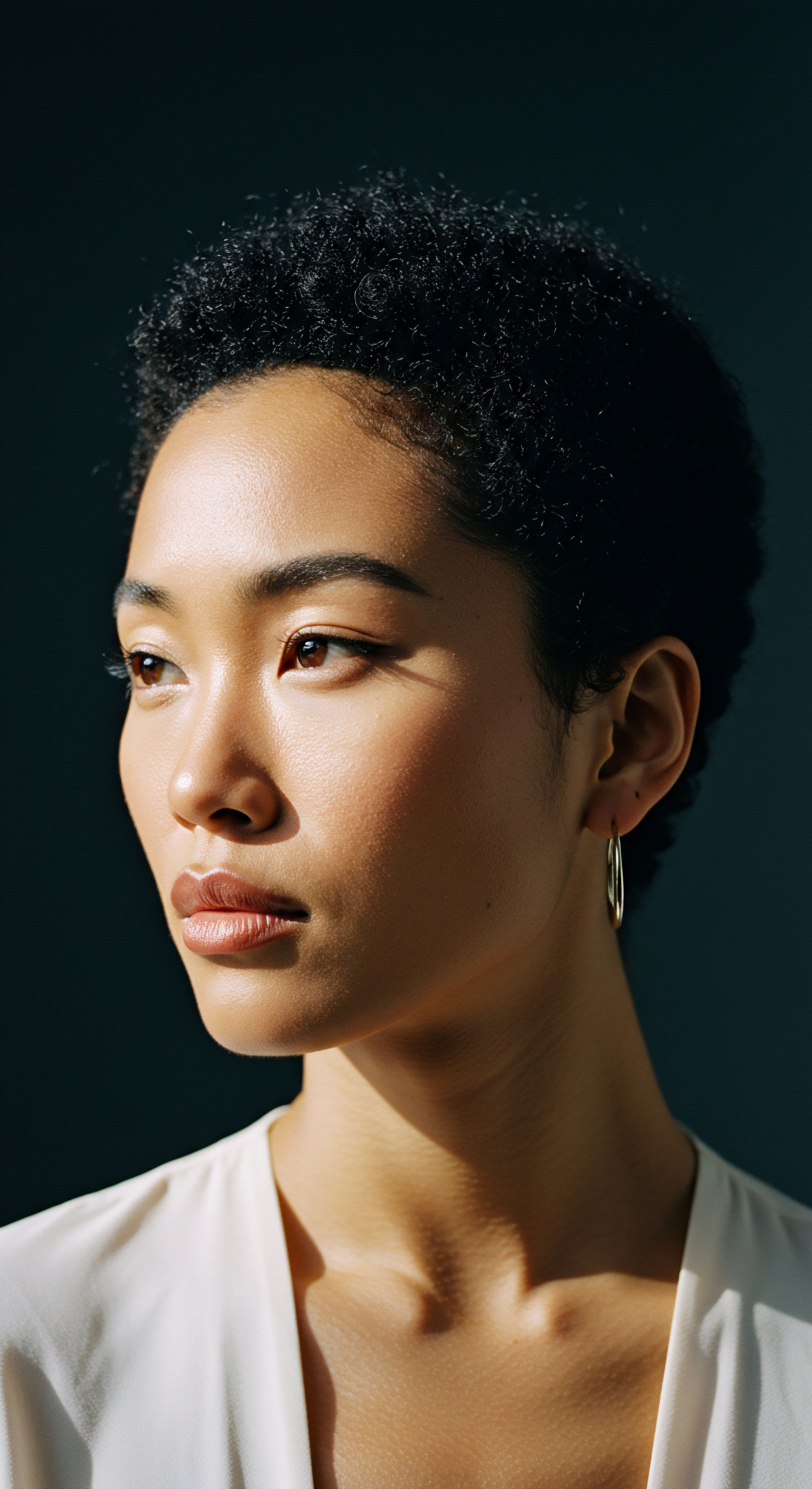
A Historical Whisper of Cleansing
Across diverse cultures, the practice of hair and scalp rinsing with natural ingredients predates modern shampoos by centuries. From the acidic zest of citrus to the calming essence of herbs, these concoctions were crafted from what the earth provided. These traditions were not simply about removing dirt; they often carried symbolic weight, purifying and preparing the individual for life’s transitions. Consider the ancient Egyptian use of sour milk or citrus juices, not only for cleansing but for their perceived beautifying properties.
The efficacy was anecdotal, rooted in observation and persistent use, rather than a scientific understanding of pH or microbial populations. Yet, these practices persisted, hinting at a beneficial interaction with the scalp’s natural state.

What Does a Healthy Scalp Microbiome Maintain?
A healthy scalp microbiome contributes to several vital functions that promote hair growth and overall scalp comfort. A balanced microbial population helps to regulate the scalp’s pH, which typically hovers around 5.5, a slightly acidic environment that discourages the proliferation of opportunistic pathogens. Furthermore, these microorganisms participate in the breakdown of sebum, preventing its excessive accumulation that could lead to clogged follicles.
They also contribute to the skin’s immune defenses, helping to fend off external threats. When this delicate balance is disrupted, it can lead to various scalp conditions.
- PH Regulation The microbial community helps maintain the scalp’s natural acidity, a critical factor for barrier function.
- Sebum Metabolism Certain bacteria break down sebum, preventing build-up that can irritate follicles.
- Immune Support A diverse and balanced microbiome supports the scalp’s inherent protective mechanisms.
The concept of scalp wellness, then, extends beyond surface appearance, reaching into the microscopic realm of these tiny inhabitants. When we introduce external elements, such as traditional rinses, we inevitably engage with this living ecosystem, prompting a response that can either foster or disrupt its delicate equilibrium.
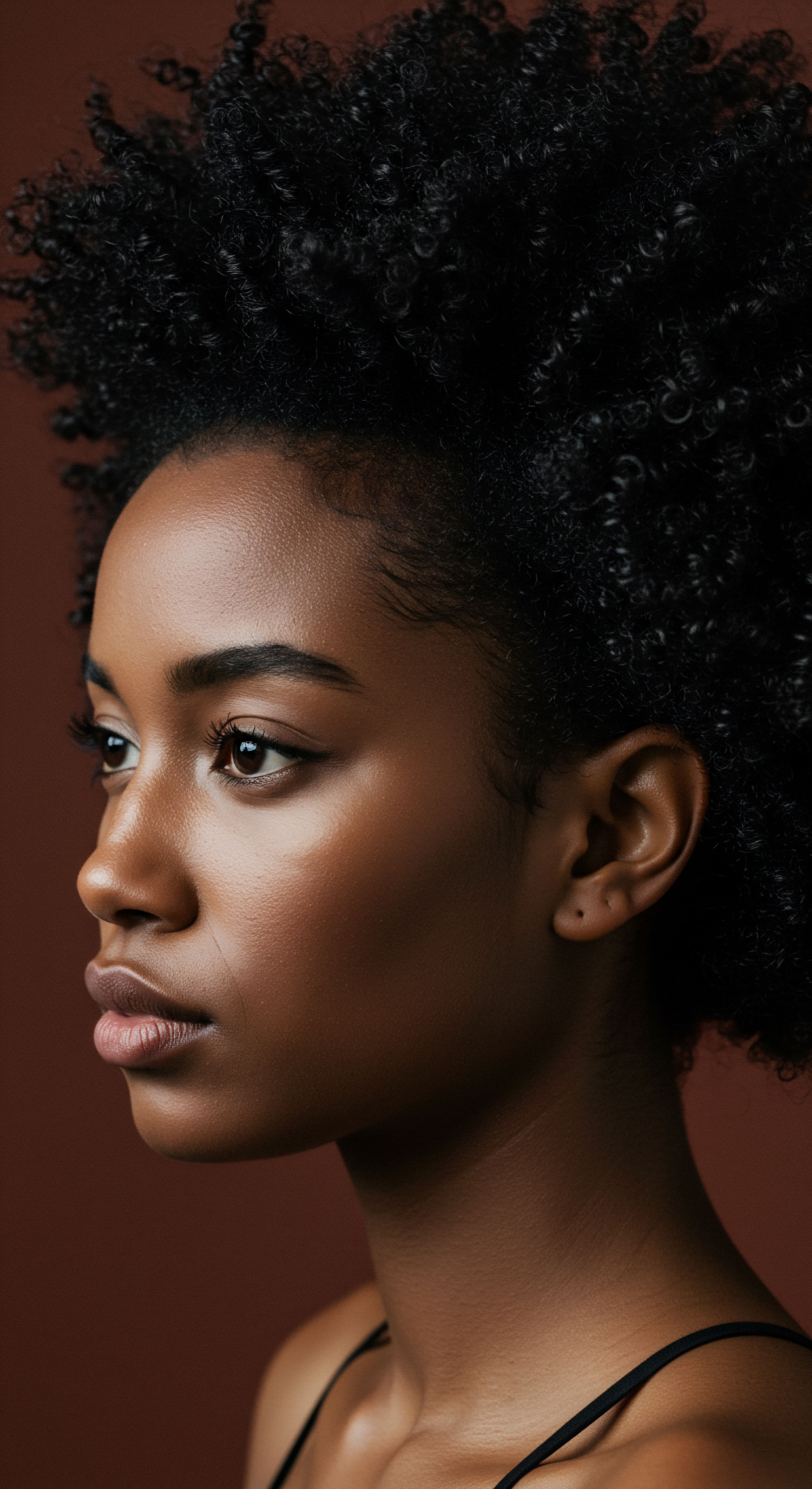
Ritual
Moving beyond the foundational understanding of the scalp’s unseen inhabitants, we now turn our attention to the tangible practices, the rituals themselves. Many textured hair traditions around the world incorporate specific rinses, not as a fleeting trend, but as an integral step in a holistic hair care regimen. These practices, often performed with mindful intention, speak to a desire for gentle yet effective cleansing and conditioning, seeking to harmonize with the hair’s natural texture and the scalp’s delicate environment. The act of preparing and applying these rinses becomes a moment of connection, a dialogue between nature’s offerings and our personal care, moving us closer to an understanding of how they might truly interact with the scalp’s microbial landscape.
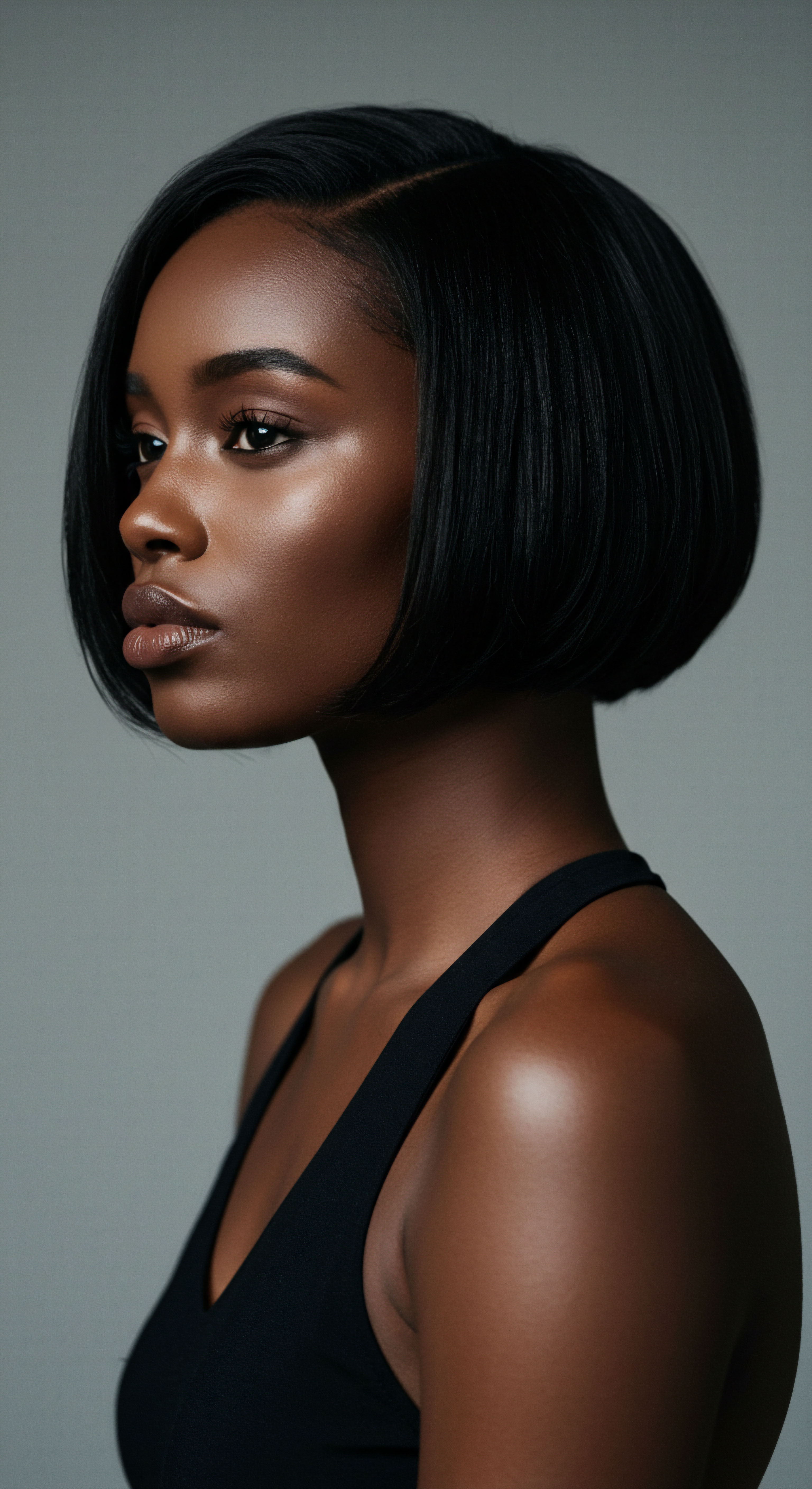
The Common Elixirs
Traditional rinses typically derive from natural sources, often simple kitchen staples or garden herbs. Apple Cider Vinegar, with its distinct tang, stands as a prominent example, valued for its acidic nature. Herbal infusions, crafted from leaves like rosemary, nettle, or chamomile, offer a gentler approach, often celebrated for their purported soothing or stimulating properties.
Rice water, a byproduct of cooking or soaking rice, has gained considerable attention for its nutrient profile. Each of these components carries a unique chemical signature that, upon contact with the scalp, initiates a cascade of interactions within the microbial community.
Traditional rinses, from apple cider vinegar to herbal infusions, represent natural attempts to cleanse and condition the scalp.

How Does PH Influence Scalp Microbes?
The pH of a rinse plays a pivotal role in its interaction with the scalp microbiome. Our scalp’s natural pH, as previously noted, is slightly acidic. This acidity creates an environment that discourages the growth of many harmful bacteria and fungi, while supporting the beneficial ones. When a rinse with a significantly different pH is applied, it can temporarily alter this delicate balance.
An overly alkaline rinse, for example, could disrupt the acid mantle, potentially making the scalp more susceptible to irritation or the overgrowth of certain microbes. Conversely, an acidic rinse, such as diluted apple cider vinegar, might help restore a healthy pH balance, especially if the scalp has been exposed to alkaline products.
| Rinse Type Apple Cider Vinegar (diluted) |
| Typical PH Range 2.5 – 3.5 |
| Potential Microbiome Interaction May help restore acidic pH, discouraging alkaline-loving microbes. |
| Rinse Type Herbal Infusions (e.g. Rosemary, Green Tea) |
| Typical PH Range 5.0 – 7.0 (variable) |
| Potential Microbiome Interaction Often pH-neutral or slightly acidic, less disruptive to balance. |
| Rinse Type Rice Water (fermented) |
| Typical PH Range 4.0 – 5.0 |
| Potential Microbiome Interaction Mildly acidic, may support a healthy scalp environment. |
| Rinse Type The pH of rinses can vary based on dilution and preparation methods. |

Application and Frequency
The method and frequency of applying traditional rinses also shape their impact. A gentle pour followed by a light massage allows the rinse to make contact with the scalp without undue mechanical stress. The duration of contact and the frequency of use are equally significant. A brief rinse, used occasionally, might offer a temporary adjustment to scalp conditions.
However, prolonged exposure or very frequent application of certain rinses, especially those with extreme pH values, could lead to more substantial, and potentially unintended, shifts in the microbial community. The key often resides in moderation and observing the scalp’s individual response, a practice that aligns with the gentle wisdom inherent in many traditional hair care philosophies.
The careful selection of ingredients, alongside thoughtful application, reflects a deep respect for the hair and scalp. This intentionality, characteristic of Roothea’s perspective, guides us toward practices that support, rather than disturb, the scalp’s natural equilibrium.
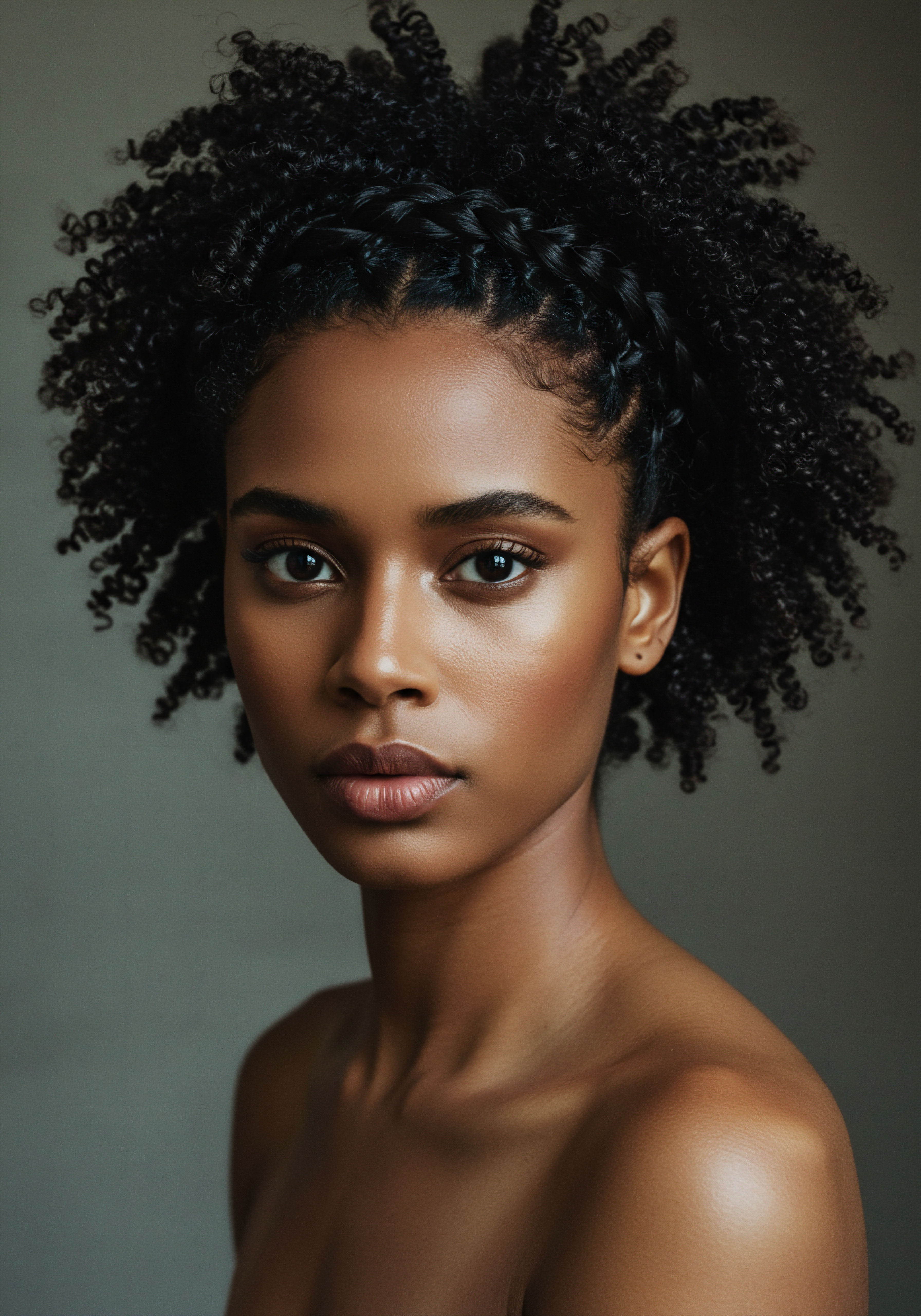
Relay
Having explored the foundational elements of the scalp microbiome and the ritualistic application of traditional rinses, we now turn to the deeper, more intricate scientific relay of their interaction. This level of inquiry demands a closer look at the biological mechanisms at play, moving beyond anecdotal observations to the precise ways these natural compounds might influence the microscopic world dwelling on our scalp. It is here that cultural heritage meets contemporary science, allowing us to gain a more profound appreciation for the sophisticated interplay between ancient wisdom and modern understanding. We seek to understand not just what happens, but the underlying ‘why,’ drawing upon research that illuminates these complex relationships.

Microbial Dynamics and PH Shifts
The human scalp hosts a diverse community of microorganisms, primarily bacteria and fungi, with species like Propionibacterium Acnes (now Cutibacterium acnes) and Staphylococcus Epidermidis being dominant bacterial residents, and Malassezia Species being prevalent fungi. These populations exist in a delicate equilibrium, influencing each other and the host’s skin health. Traditional rinses, particularly those with a notable pH, can introduce temporary environmental shifts.
For example, the acetic acid in diluted apple cider vinegar can lower the scalp’s pH. While a healthy scalp maintains its acidic mantle, repeated or strong applications of highly acidic rinses might, in theory, favor the growth of acid-tolerant species while suppressing others.
The pH of traditional rinses can temporarily alter the scalp’s environment, potentially shifting the balance of resident microbes.

Does Acetic Acid Reduce Scalp Fungi?
Research on the antimicrobial properties of acetic acid offers a compelling perspective. A study published in the journal Mycoses in 2008 investigated the antifungal activity of acetic acid against common dermatophytes and yeasts. The findings indicated that acetic acid exhibited significant inhibitory effects against various fungal species, including some Malassezia strains, which are frequently associated with scalp conditions like dandruff. This suggests that rinses containing acetic acid, when properly diluted, could potentially help manage the overgrowth of certain fungi on the scalp, thereby contributing to a healthier microbial balance.
This specific data point, though not directly focused on a living human scalp microbiome in a long-term traditional rinse context, offers a plausible scientific mechanism for some of the reported benefits of acidic rinses in managing scalp flaking and irritation. The implications for textured hair care are significant, as maintaining a balanced scalp environment is crucial for comfortable styling and growth.
This scientific insight lends credence to the historical use of acidic rinses, moving their efficacy from mere tradition to a biologically plausible intervention. The key, as always, resides in appropriate dilution and mindful application, ensuring that the intervention supports rather than disrupts the scalp’s inherent protective mechanisms.

Beyond PH ❉ Bioactive Compounds
Traditional rinses are more than just their pH. Many natural ingredients contain a spectrum of bioactive compounds that can interact with the scalp and its microbes. Herbal infusions, for instance, may introduce antioxidants, anti-inflammatory agents, or even mild antimicrobial compounds. Rosemary, often used in rinses, contains compounds like rosmarinic acid and carnosic acid, which have demonstrated antioxidant and anti-inflammatory properties.
Green Tea rinses provide polyphenols, known for their protective effects. While direct, large-scale studies on the long-term impact of these specific compounds from rinses on the human scalp microbiome are still emerging, the known biological activities of these plant extracts suggest a more nuanced interaction than simply a pH adjustment. They might influence microbial adhesion, biofilm formation, or even modulate the host’s immune response, creating an environment less hospitable to dysbiosis.
- Antioxidants Compounds that combat oxidative stress, potentially protecting scalp cells.
- Anti-Inflammatory Agents Substances that can calm irritation and redness on the scalp.
- Mild Antimicrobials Natural components that might gently inhibit the growth of certain microbes.

The Holistic View of Scalp Care
Considering the multifaceted nature of the scalp microbiome, traditional rinses present a complex interplay of chemical properties and biological responses. Their effect is not a simple, isolated action but a contribution to a larger picture of scalp health. This comprehensive understanding allows us to appreciate how generations past, through careful observation and inherited knowledge, cultivated practices that intuitively supported the delicate balance of their scalp ecosystems. The relay of scientific understanding now helps us decode the deeper wisdom embedded within these timeless rituals.

Reflection
As we draw our exploration to a close, we find ourselves standing at the confluence of ancient wisdom and contemporary understanding. The journey through the intricate world of the scalp microbiome, guided by the gentle influence of traditional rinses, reveals a profound connection between our care practices and the unseen life that thrives on our skin. It becomes clear that hair care is not merely a superficial act of beautification; it is a dialogue with our body’s inherent rhythms, a dance with the delicate balance of nature.
The quiet power of these time-honored practices, once dismissed as mere folklore, now gains scientific validation, inviting us to approach our hair and scalp with a renewed sense of respect and mindful intention. May this deepened understanding serve as a guiding light on your personal path to hair wellness, encouraging a harmonious relationship with your unique strands and the living landscape beneath them.

References
- Sabet, A. A. & Youssef, Y. A. (2008). Antifungal activity of acetic acid against dermatophytes and yeasts. Mycoses, 51(3), 238-243.
- Dawber, R. P. R. & Van Neste, D. (1995). Hair and Scalp Diseases ❉ Medical and Surgical Approaches. CRC Press.
- Trueb, R. M. (2015). The Atlas of Hair Pathology with Clinical Correlations. Springer.
- Leyden, J. J. & Bergqvist, C. (2017). Microbiome and the Skin. Springer.
- McBain, A. J. (2009). The Role of the Microbiome in Skin Health. Wiley-Blackwell.
- Draelos, Z. D. (2011). Cosmetic Dermatology ❉ Products and Procedures. Wiley-Blackwell.
- Ellis, C. N. & Stawiski, M. A. (1996). Psoriasis. Marcel Dekker.
- Gopinath, S. & Gopinath, V. (2017). Traditional Herbal Medicine ❉ Research and Development. CRC Press.